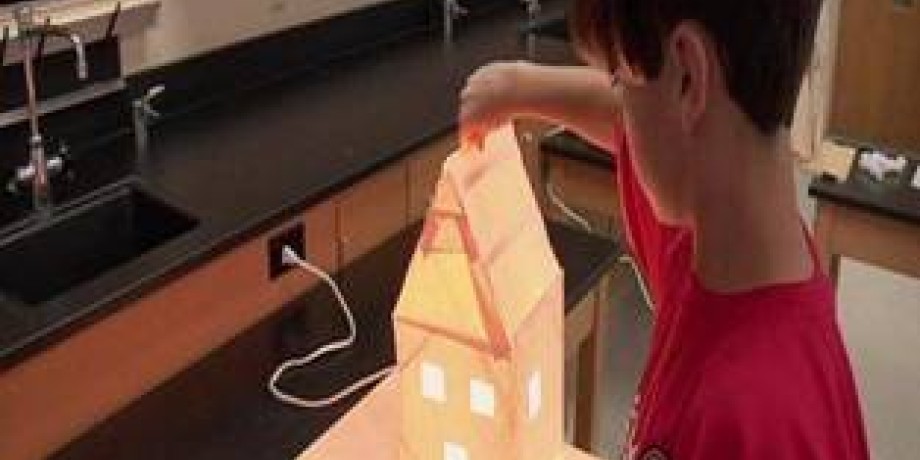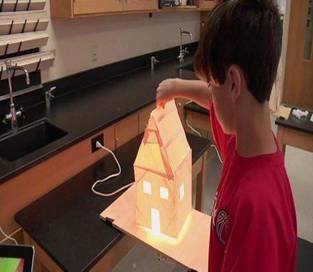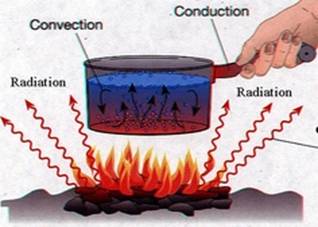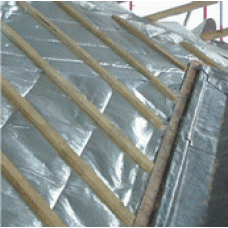Heat Loss and Insulation


How Insulation Affects Heat Loss
If you are looking for a way to save some money and enlarge your budget, why not start with your home. Namely, there are numerous ways to reduce your utility bills that you are probably not aware of. Some may involve more serious investments initially, but can generate great savings on the long run. If you only begin to understand just how much energy is wasted within your home, you would embrace all the measures that could potentially reduce these energy losses. However, in order of understanding the solution, you need to understand the problem first, why we will discuss both heat loss and insulation here. Basically, there are a lot of potentially vulnerable areas within your home that are prone to heat loss and somehow need to be treated and what’s better way that with proper insulation and some additional, simple yet very useful, tricks that can go a long way.
Heat Transfer Basics
As upper mentioned, a vast amount of energy is lost via heat transfer that occurs within your home, caused by a number of different factors. Namely, if you are living in an old home with draughty windows and doors, uninsulated walls, floors and loft spaces, it is most likely that it takes much more energy to heat or cool the interior. This is caused by the fact that leaky and poorly constructed building envelope is not able to retain the heat within but instead lets it escape out while at the same time letting colder air from the outside get in. In order of preventing this from occurring, you will need to create an airtight structure, by decreasing heat loss with insulation and some additional measures.

But first things first, let’s consider some heat transfer basics. Since heat presents a form of energy, there are a few basic ways it can be transferred:
-
Conduction
Probably the most typical source of heat loss is through conduction. Basically, when there is a difference between outer and inner temperature, some air exchange occurs, passing through the walls, windows and other openings in the building envelope. This will lead to the fact that the inner temperature will drop when the cold air gets inside and the other way around, resulting in more energy necessary to heat or cool down the inner space. Now, some materials such as concrete or metal are more conductive than others and thus have lower R values (heat flow resistance) why they can significantly contribute to heat loss. This is why these surfaces that allow this heat and cold exchange need to be properly insulated in order of minimizing heat loss. This especially goes for walls and windows.
-
Convection
Another way of heat transfer is through convection. Basically, what happens is that cooler air from the outside (or warmer air, depending on the season) enters your home, it mixes with the warmer air and thus heat energy is transferred to the colder air which results in temperature drop inside. This only means that you will need much more energy to heat (or cool down) the interior, which would not be the case if the building envelope were properly insulated, thus preventing heat loss.
-
Radiation
Finally, heat can also be transferred via radiation. What happens is that energy is being transferred through electromagnetic waves (here there are no particles movement involved, unlike with conduction and convection) whereas different type of objects and materials collect and reflect absorbed energy, thus also affecting the temperature. Radiation is usually connected to heat gain instead of heat loss and can present a great problem in loft spaces which are under the direct influence of the sun, especially if not properly insulated. This basically means that the more energy an object or a surface can generate the more heat it will able to emit and reflect. It is well known that this depends not only on the structure of a specific material, but also its characteristics. For example darker and mat surfaces will reflect more energy, unlike light and shinny ones. The same goes for the thickness of the material. Thinner materials will reflect and emit heat more than thicker ones.
How to Prevent Heat Loss and Gain with Insulation
Now that you are aware of some basics on heat loss and gain, it is time to move on to some issues in connection therewith and the way to deal with them properly. As upper mentioned, if there are a lot of ways that heat can escape or enter your home without you being able to control it or prevent it, then you will need much more energy to heat up or cool down your interior which will only increase your monthly electricity bills. On the other hand, with proper insulation and some additional measures that do not to be too costly, you can easily deal with the problem of heat loss.
Since there are different ways that heat can be lost or gained (through conduction, convection and radiation), you will firstly need to asses and estimate which one presents the greatest issue that needs to be dealt with. Once you have done that, you will need to plan your budget and choose the methods and materials you want to apply which will again depend on the problem you are dealing with.
Now, heat is usually lost through walls, floors, roofs and through gaps in and around window and door openings, so these are the areas that need to be treated with insulation. Some less drastic and less expensive measures include thicker carpets for the floor, proper window dressings (such as window shutters or quality fabric window treatments), weatherstripping or caulking around windows and doors. Another easy way to reduce air flow is by using double glazed or low-e windows which will trap the poor quality air between the two glass panes and thus affect not only heat transfer through conduction but also convection. High quality window treatments and doors will also affect heat loss through radiation, since these will prevent the heat from entering your home, especially during hot summer months.
However, probably the most efficient way of dealing with heat loss is with insulation. This may be initially more costly, depending on the area under insulation and the chosen insulation material, but is also more effective on the long run, not to mention that it can also affect and help you deal with some other issues as well, such as moisture or damp problems. The first area worth insulating are most definitely your walls, which can be done either internally or externally, depending on how much you are willing to invest in the project, as well as how your walls are constructed. For example, cavity wall insulation will prevent not only heat loss through conduction but also through convection since the insulation material installed will prevent heat flow within the wall cavity. Here you can use specially designed products that are blown into the cavity (such as rock or fibre glass insulation) fulfilling the cavity space. The same goes for your attic space which can be a massive source of heat loss. Basically, if you have unused under roof space, you can insulate it by again using blown-in insulation materials or incase it with some type of fibre or rigid insulation. However, if there is no free space under the roof, then you will have to insulate the roof itself by using proper insulation materials. Since most of the heat is gained through the roof by radiation, here you can use specially designed reflective foil insulation that, unlike other available materials that are usually designed to control heat transfer through conduction and convection, gives great results in controlling heat gain/loss through radiation.

Insulation Shop offers UK insulation at affordable prices and additional discounts. Send your quote enquiries to info@insulationshop.co or order directly from our insulation online shop.




























































































































